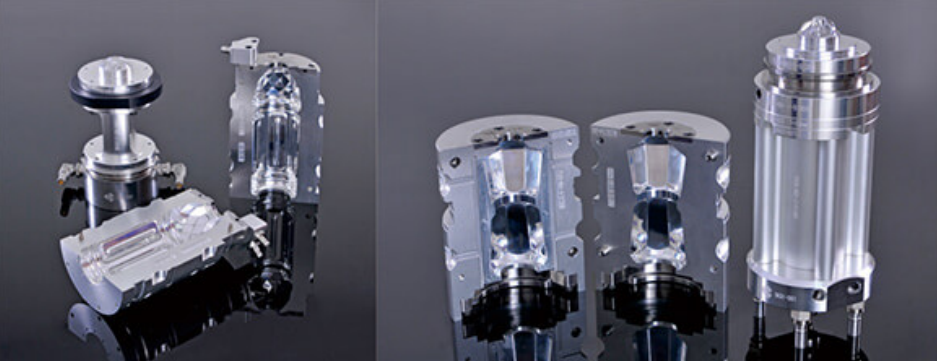© 2017-2025 Shangbaotai Machine Technology (Kunshan) Co., Ltd. All rights reserved. Site Map
Vacuum forming is an industrial procedure for creating round plastic objects with large diameter. Granular plastic is inflated into a closed mold using compressed air.
Blow molding process was originally created and introduced to the glassware industry.
However, its introduction to the plastic sector has enabled plastics to contend as a suitable material in the bottle making process due to its expendability and reusability.
Categorically, there are three different types of blow molding process which are as follows
· Extrusion blow molding
· Injection blow molding
· Injection stretch blow molding
This is a widely applied procedure for producing hollow plastic items having thin sidewalls. As a result, we are already accustomed to blow molded objects eve though we do not realize it.
Typical examples of objects formed from this process are plastic milk bottles, watering canisters, and shampoo containers.
This is two-step plastic production method. The initial step under this plastic production process is to make Parisons, which serves as the melted plastic commencing duct.
Irrespective of the nature of pet bottles, jar, or item getting manufactured, they are required as the foundation for the extrusion forming process.
The later phases of the procedure can commence afterwards when the Parisons have been created and are prepared to be formed.
Meanwhile, if we're dealing with injection or injection stretch blow molding. the initial objective will be to make a Preform rather than a Parison.

As previously stated, this method involves the use of a parison. Due to the geometry of the mold, heated and pressured air is pumped into the parison (a cylindrical tube) which inflating the tubing into a hollowed portion forming the product.
PET packaging bottles, jars are examples of extrusion blow molding process. Afterwards when the plastic has sufficiently cured, the mold is broken and the product is removed, the cycle is continued with a different parison.
The method begins with injecting the polymer upon a blow rod inside a heat chamber
The hollow mold is centered on a blow rod that molds the interior of the preform and generates the outside geometry of the product.
The preform has a significant portion of plastic bonded to it and is formed in the shape of a bottle neck. This plastic will subsequently become the container's body.
The primary function of the blow rod is to transports the object to the blowing unit once the Preform mold breaks.
The extreme end of the blow rod, in which the object is mounted, opens, forcing compressed air through into the preform.
Finally, plastic product is then blasted, cured, and finally expelled at this terminal phase.
This technique is often used to make incredibly compact vessels, such as bottles for taking pathogen samples.
This technique is nearly same with the already discussed injection blow molding process.
Melted plastic travels into the injecting slot on a heated running component to produce the preform.
The internal diameter is created by the blow rod similar to the injection process; only for the blow rod forms the interior, while the injecting slot molds the outermost shape of the preform.
Afterwards, the preform is extended and air is pumped unto it's produced shape or form when it has reached the desired temperature.
Once the preform is already in the blowing region, the molds shut and the blow rod uses pressurized air to extend the product. It will be expelled once it has cooled down.
We are concerned with the designing and development of PET Blow Mold equipment, as well as other preform models, for over a decade.
We combine great expertise, acknowledged processing systems, and unique approaches and supply clients with durable and high quality machines. To learn more about our goods, please click here.